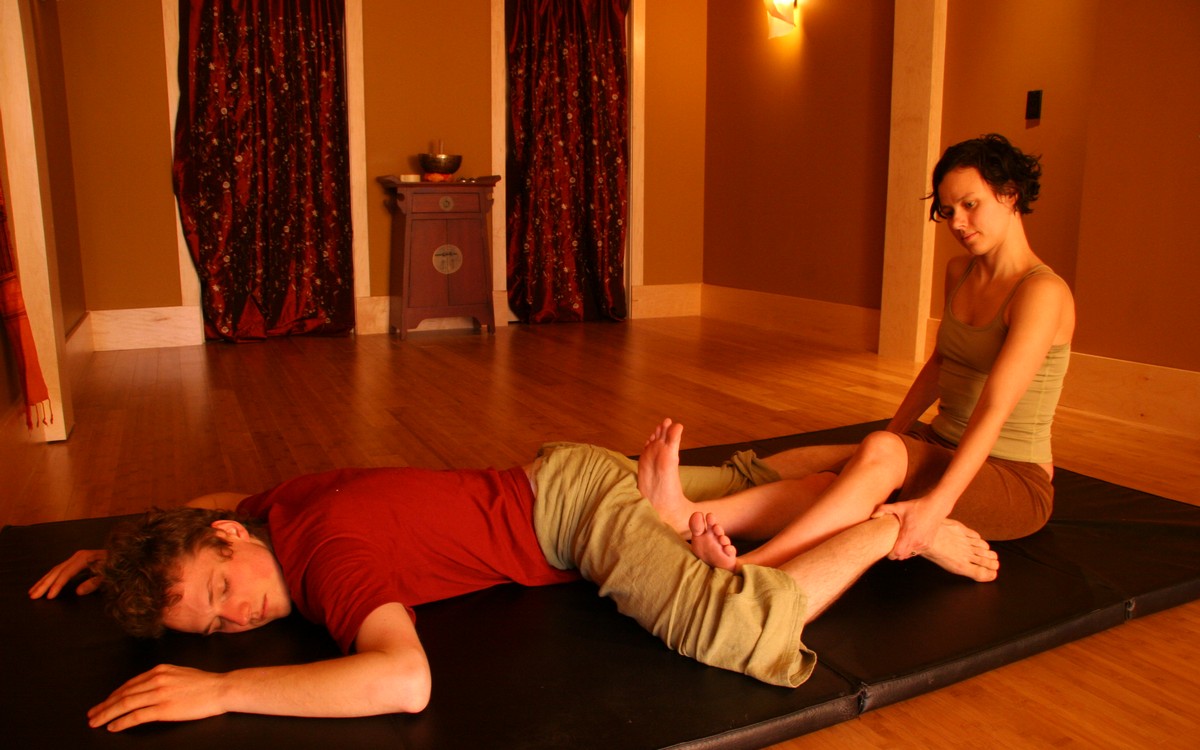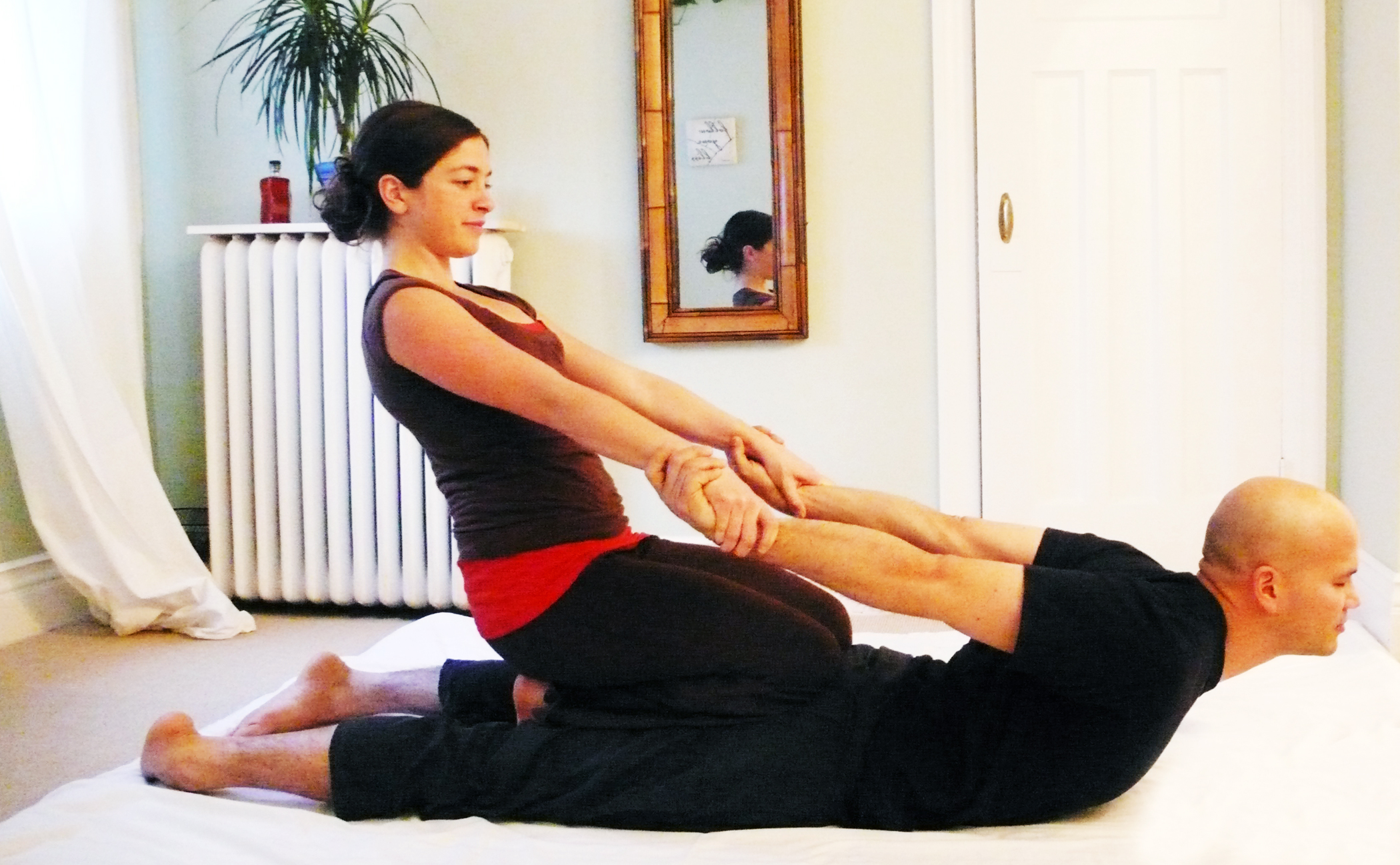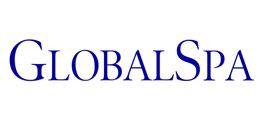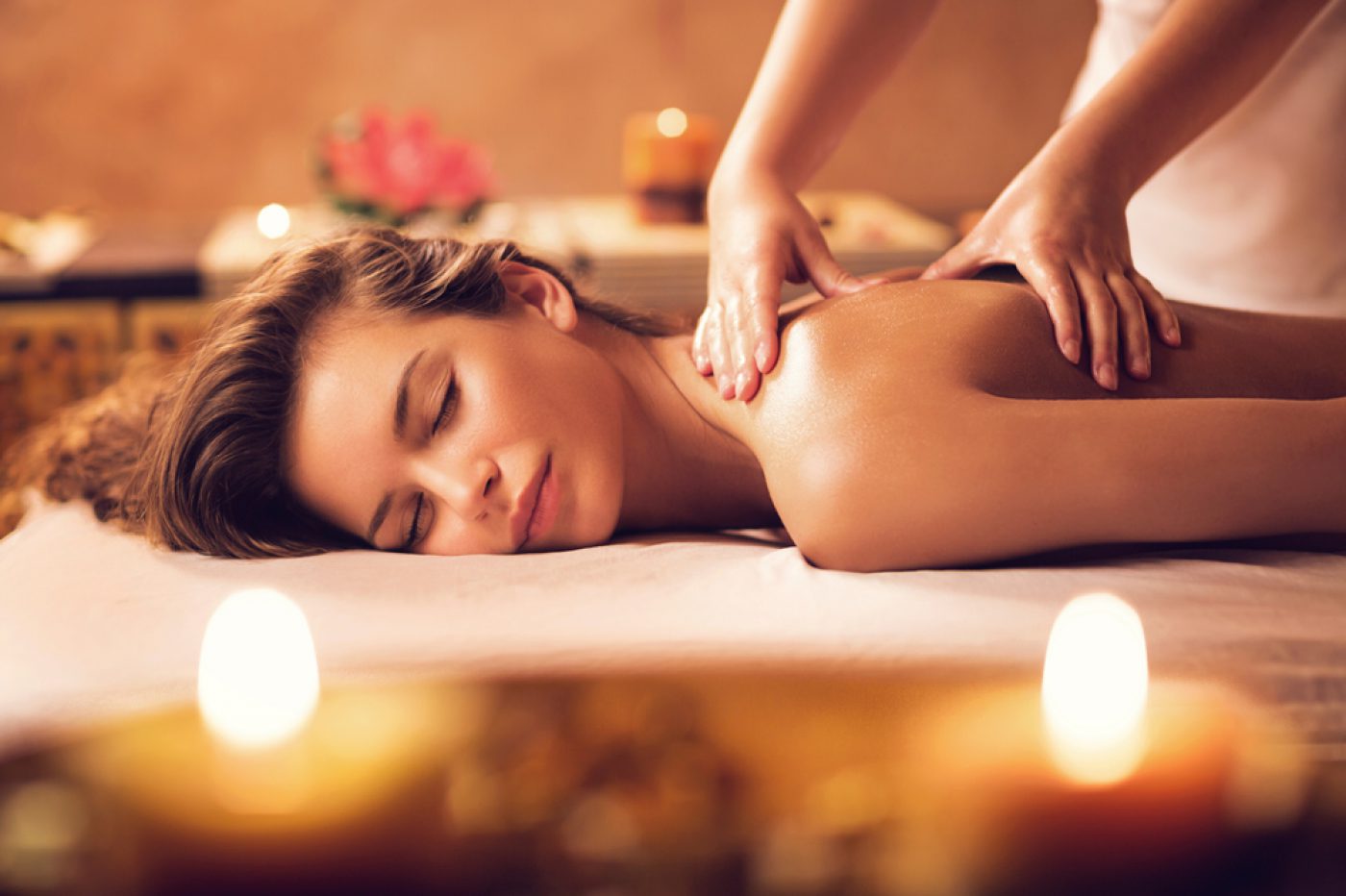“Thai Massage” or the “Thai yoga massage” is an ancient healing system combining acupressure, Indian Ayurvedic principles, and assisted yoga postures. Global Spa gives you the details of this ancient massage treatment which is one of the most popular picks on massage menus.
The founder of Thai massage and medicine is said to have been Shivago Komarpaj, who is said in the Pāli Buddhist canon who was a Buddha’s physician over 2,500 years ago. He is noted in ancient documents for his extraordinary medical skills, his knowledge of herbal medicine, and for having treated important people of his day, including the Buddha himself.
In fact, the history of Thai massage is more complex than this legend of a single founder would suggest. Thai massage, like Thai traditional medicine (TTM) more generally, is a combination of influences from Indian, Chinese, Southeast Asian cultural spheres, and traditions of medicine, and the art as it is practiced today is likely to be the product of a 19th-century synthesis of various healing traditions from all over the kingdom. Even today, there is considerable variation from region to region across Thailand, and no single routine or theoretical framework that is universally accepted among healers.
 The philosophy behind Thai yoga massage techniques focuses on energy points called “sen.” The Sen lines of the body are similar to the meridians in TCM, and are thought to directly correspond with a person’s “qi”, or energy. As the Thai massage therapist stretches the participant, he or she also presses and massages along the sen lines or points. This can release stagnant qi from the body to resolve specific problems.
The philosophy behind Thai yoga massage techniques focuses on energy points called “sen.” The Sen lines of the body are similar to the meridians in TCM, and are thought to directly correspond with a person’s “qi”, or energy. As the Thai massage therapist stretches the participant, he or she also presses and massages along the sen lines or points. This can release stagnant qi from the body to resolve specific problems.
In Thailand, it can be found just about anywhere, at stalls on the streets, and for a very low price. Wat Pho in Bangkok is both a 16th century temple and home to Thailand’s oldest traditional massage schools. After touring the temple, travelers can get a student massage there for 260 Baht for 30 minutes ($7.50) or 420 Baht for a full hour ($12.15).
All types of massage, including Thai massage, can help people relax, relieve aching muscles, and temporarily boost a person’s mood. However, many therapists make claims that go far beyond what massage can accomplish. It does appear to increase circulation, give temporary relief of pain, provide a sense of well-being, and promotes relaxation. Some clinicians, however, dispute its efficacy.
Traditional Thai massage rarely uses oils or lotions, and the recipient remains clothed during a treatment. There is constant body contact between the practitioner and client, but rather than rubbing on muscles, the body is compressed, pulled, stretched and rocked in order to clear energy blockages and relieve tension. The practitioner uses thumbs, palms, forearms, elbows, knees and feet to create a dance of movement on the body of the recipient. In this process, joints are opened, muscles and tendons are stretched, internal organs are toned, and energy is balanced. The overall effect is one of deep relaxation, rejuvenation, and physical and mental wellbeing.

What Happens?
You lie on a mat on the floor, fully clothed except for shoes and socks. The practitioner uses thumbs, palms, forearms, elbows, feet knees and even shins to press and stretch your body. Thais believe that good health and freedom from pain result from the unhindered flow of vital energies through the body’s tissues. The main ‘channels’ for distributing these energies are called ‘Sen’. There is no general agreement as to the exact number of Sen but those who know something of Chinese Medicine quickly recognize that the Thai practitioner is effectively working along the Chinese Qi meridians. Pressing is the mechanical process used to stimulate energy flow in the Sen, and to release blockages or stagnation which result in pain. This part of the massage is very thorough.
Each Sen Channel is pressed repeatedly from every direction, with the relative positions of the limbs and trunk being constantly changed. The process is very thorough. When the practitioner is satisfied that all soft tissues have been adequately pressed, stretching begins. This will be subtle at first but gradually progresses to the elegant, large scale stretches for which Thai massage is renowned. Every muscle and joint is treated.
Who can have it?
There are some contra-indications to this kind of massage – very much those that apply to massage in general. For those in reasonably good health – regardless of age, lack of flexibility and obesity – Thai massage is highly beneficial. So much of feeling ‘old’ comes from what is often regarded as the inevitable stiffening of joints with advancing years. Regular Thai massage quickly proves that this is not so as it restores long lost mobility to the joints.






